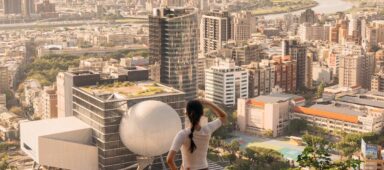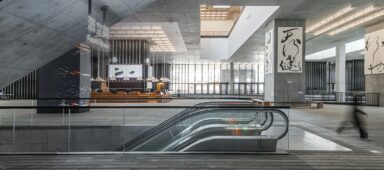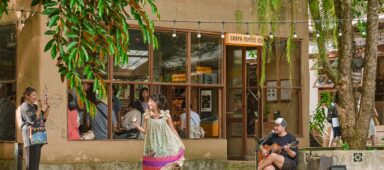Uncover Singapore in small-group tours to see a different side of the Lion City.
Words and Photography Carolyn Beasley
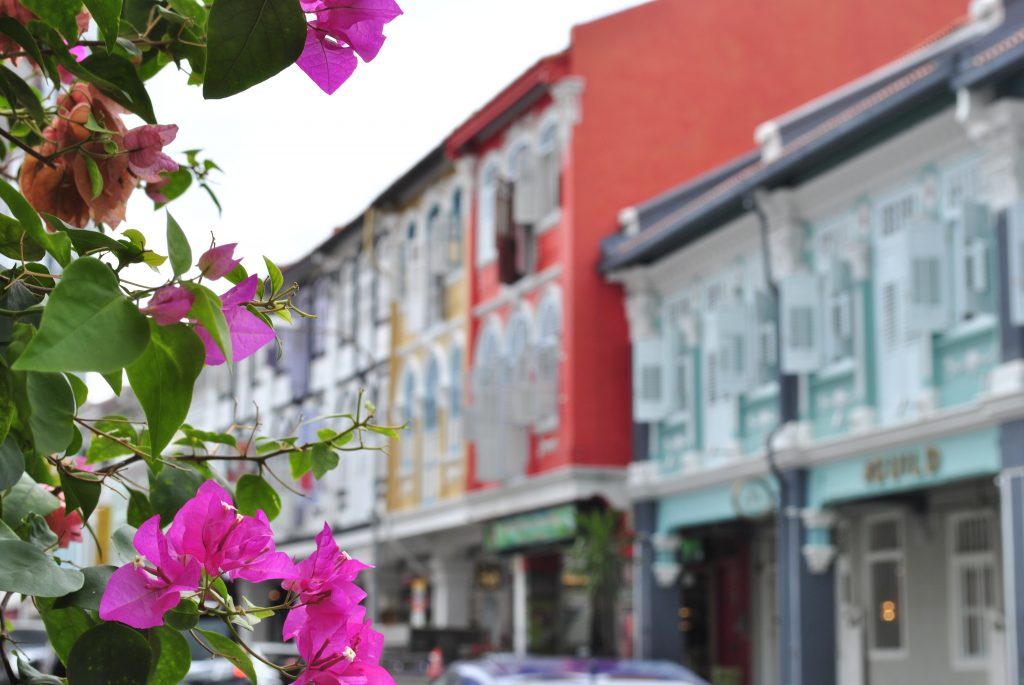
Many tourists know of Singapore’s major attractions such as the glass domes at Gardens by the Bay, high-end dining at Marina Bay Sands Integrated Resort, and designer shopping on Orchard Road. But Singapore has more to offer than these glitzy attractions. For the repeat visitor or those looking to understand Singapore’s psyche, try connecting with a well-informed local for an authentic experience. Here are five small-group walking tours for your next visit to the Lion City.
FOOD TOUR OF JOO CHIAT AND KATONG ROADS
Singapore has a long history as a trading hub, and the ensuing cultural mash-up has led to a unique culinary scene. Many of the Straits Chinese, or Peranakans, live around Joo Chiat and Katong Roads. Today, this district offers intergenerational Peranakan, Chinese and Indian eateries and beautifully restored architecture, perfect for a foodie walking tour.
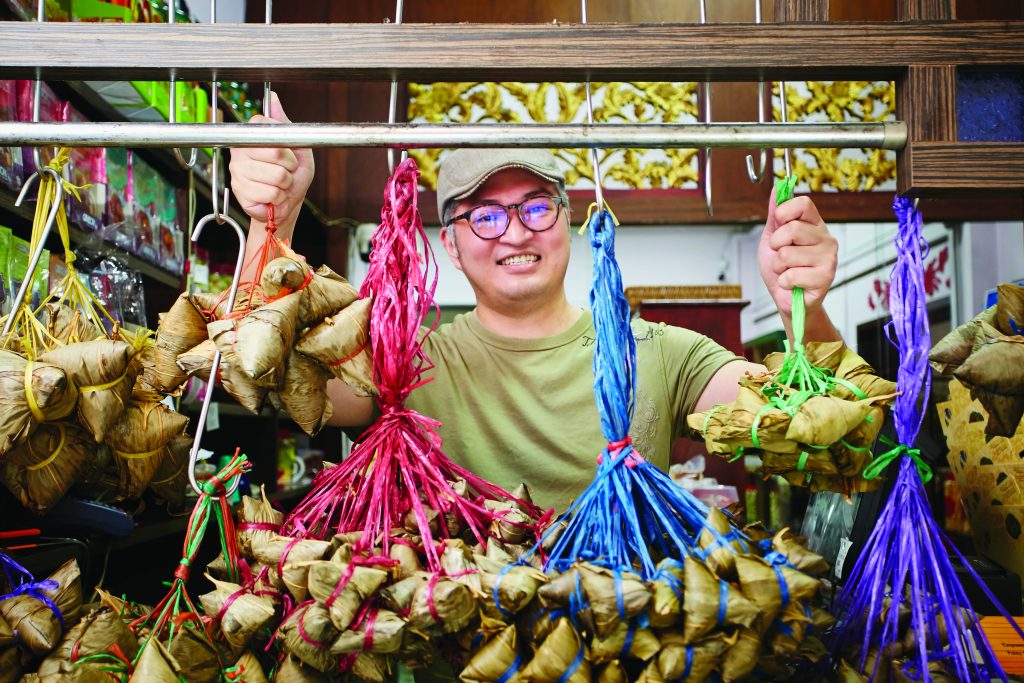
Salma is our spritely 77- year-old guide who grew up here. The three-hour tasting starts at an Indian restaurant where roti prata, the Singaporean version of a South Indian flaky pastry, is being prepared. With a wrist-flick, the ball of dough is flipped like elastic onto the hot plate, sizzling in an alarming amount of oil. Salma demonstrates the traditional right-hand-only method of eating, scooping up spicy gravy with her prata.
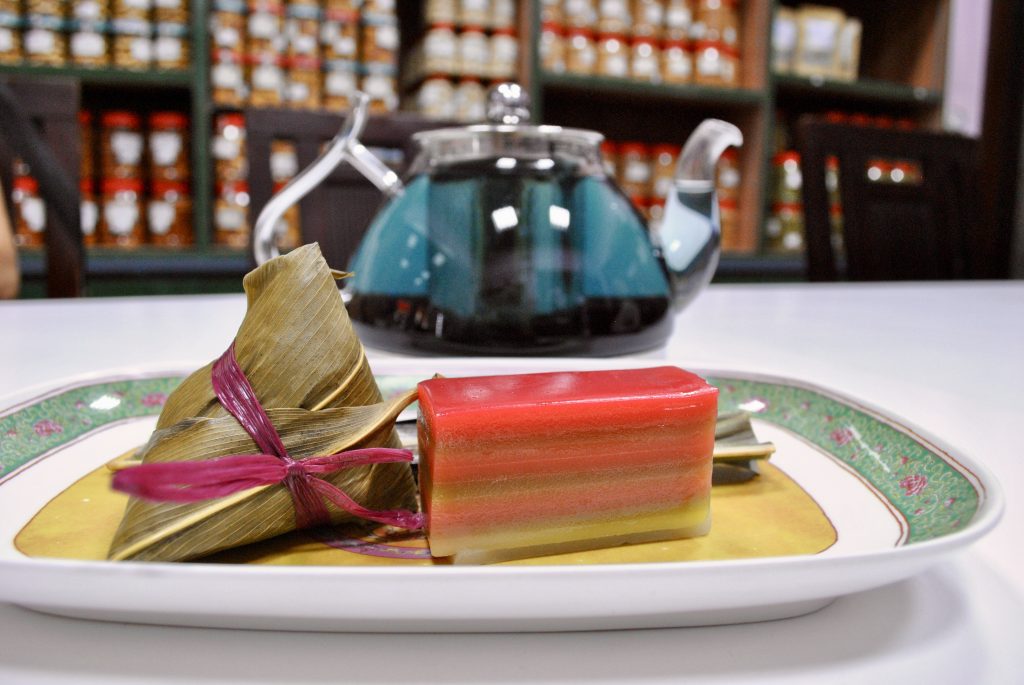
The tour moves to a Peranakan tea shop, run by the same family since 1945. The speciality here is Bak Chang, a rice dumpling stuffed with pork, chestnuts and mushrooms wrapped in pandan leaves. Next, the group tries Kueh Lapis Nyonya, a steamed sweet tapioca treat featuring coloured layers representing good fortune.
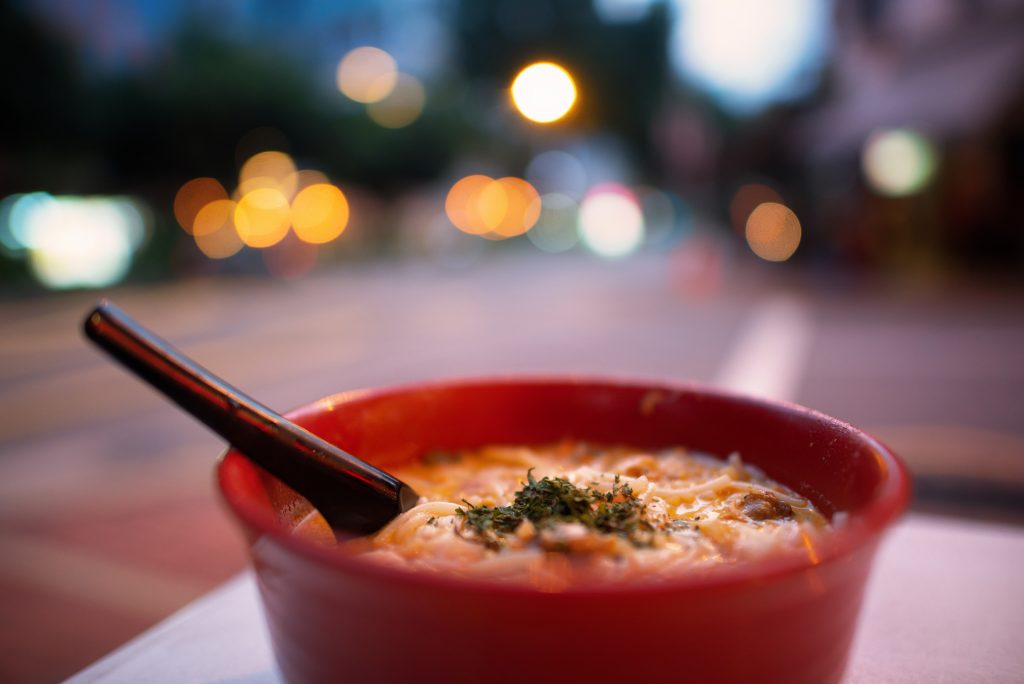
Singapore loves Laksa, and the hawker centre here claims the original. Seated on plastic chairs, locals and tourists slurp down steaming bowls of the rich, coconut prawn curry soup. The group lets their belts out a notch while watching a chef prepare popiah, a Singaporean take on the spring roll, before finishing with a staple, the curry puff.
BATTLE BOX TOUR
The Battle Box was part of the Malaya Command Headquarters during World War II, a bomb-proof underground bunker hidden under the shady trees and British army barracks of Fort Canning Hill. The rooms were restored in 2016 and the only way to see them is on this excellent tour.
Docent Joanne explains the tour, which takes one hour, will cover the story of Singapore’s wartime journey to surrender as well as the workings of the Battle Box itself, before leading the way into the bowels of the hill.
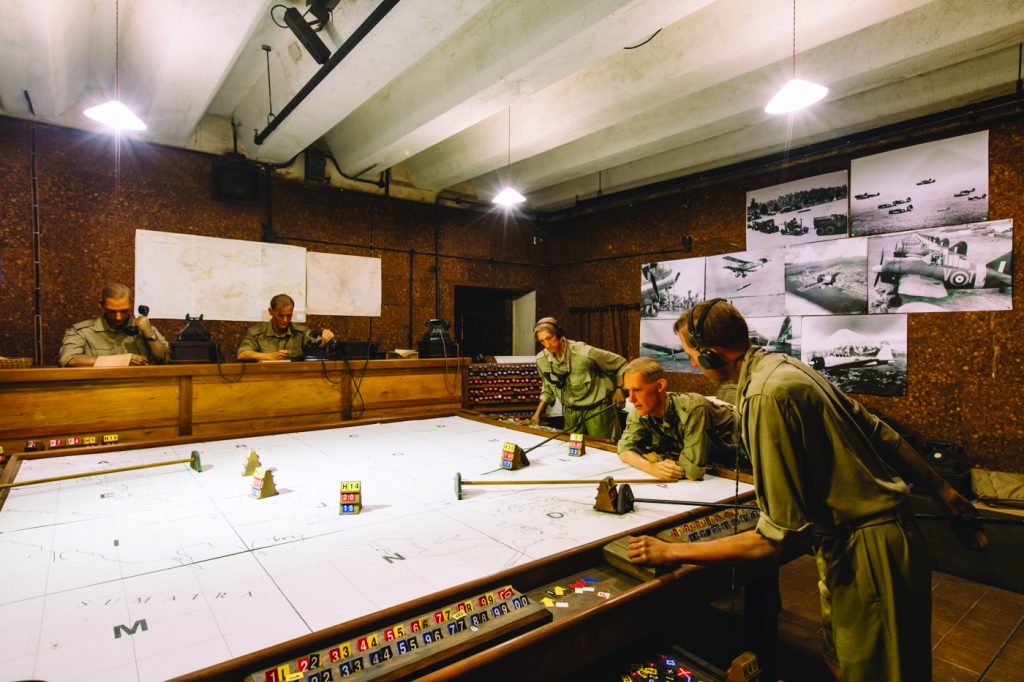
The underground rooms, once oppressively hot, are now air-conditioned. Wartime furniture and mannequins depict the use of a military strategy board and a cipher machine for coded messages. Secret ‘cat ladders’ leading outside show the emergency escape routes. The final small room contains a recreation of the pivotal wartime moment, a life-sized model with 12 grave men clustered around a table.
Joanne explains it was here, with resources dwindling and no apparent alternative, that these men took just 15 minutes to decide to surrender Singapore to the Japanese. This was the biggest capitulation in British military history; learning about it in the room where it occurred induces goosebumps. Video of the formal surrender brings home the gravity of their decision.
SINGAPORE UP CLOSE HEARTLANDS TOUR
How do you accommodate 5.6 million people on a tiny island in acceptable standards and still have space for recreation? Through the ingenuity of the government’s Housing and Development Board, or HBD. In the 1960s, the HDB built Singapore’s first satellite town, Toa Payoh, affectionately known as the Heartlands. There are now 24 satellite towns across Singapore and 82 percent of Singaporeans live in an HDB flat.
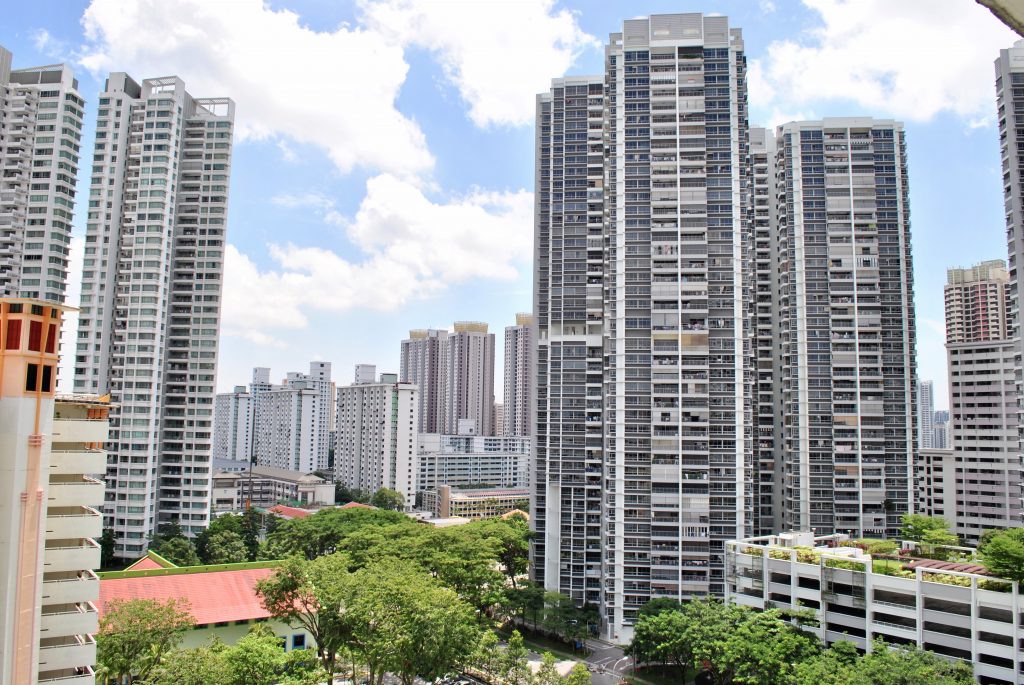
Guide Shal aims to give people an insight into the ‘real’ Singapore, beyond tourist sites. Shal leads guests through the HDB Hub Visitor’s Gallery, just opened in 2018. One display pays homage to Singapore’s ‘Founding Father’ and HDB visionary, Mr Lee Kuan Yew.
Mr Lee’s goals of strong families and inter-racial harmony are reflected in modern HDB operations. At the home-buyers’ hall, electronic signboards display the availabilities of flats for each race (Chinese, Malay, and Indian/Other), ensuring each housing block maintains an ethnic balance. The tour visits common areas of 1970s-style HDB blocks and newer towers featuring carpark rooftop gardens and multi-storey bicycle storage.
In a kopitiam or coffeeshop, visitors order local-style coffee and tea, and in the wet market, Shal explains Heartland shopping. The 3.5-hour tour finishes in the hawker centre, where Shal recommends handmade pau (stuffed buns) or the Michelin Bib Gourmand carrot cake.
CHINATOWN AND LITTLE INDIA PHOTO WALK
Singapore is a photogenic city, and a relaxed walk through the enclaves of Chinatown and Little India with long-term American expat Mark Stevens yields great souvenir photos and unexpected insights.
No experience or specialised camera equipment is needed, and this stroll through the streets is not a formally structured tour. Though happy to answer technical photography queries, Mark focuses on how to compose a great travel photo with tips on framing, leading lines and even photographing local residents without causing offence.

The walk reveals hidden street art, elderly men playing Chinese checkers, traditional shophouses and colourful Indian temples. Some vantage points capture scenes where historical buildings meet gleaming new high-rises, and the pace is guided by the group’s interests.
At the morning tea break, Mark shares his love of mango flavoured ‘snow ice’, and guests dive into plates of mounded, colourful desserts. The 6.5-hour walk includes tickets for trains (MRT), buses or taxis, and the day finishes on a ‘bumboat’ tour of the Singapore River, taking in the iconic downtown photo opportunities of Marina Bay, Clarke Quay and Boat Quay from the water.
JOURNEYS TO HELL AT HAW PAR VILLA
Formerly known as Tiger Balm gardens, Haw Par Villa was opened in the 1937 by the brothers behind the medicinal balm and remains Singapore’s quirkiest attraction. More than 1,000 brightly coloured sculptures stand here, educating the public on moral issues relevant to the 1930s, with lessons from Confucianism, Buddhism and Taoism.
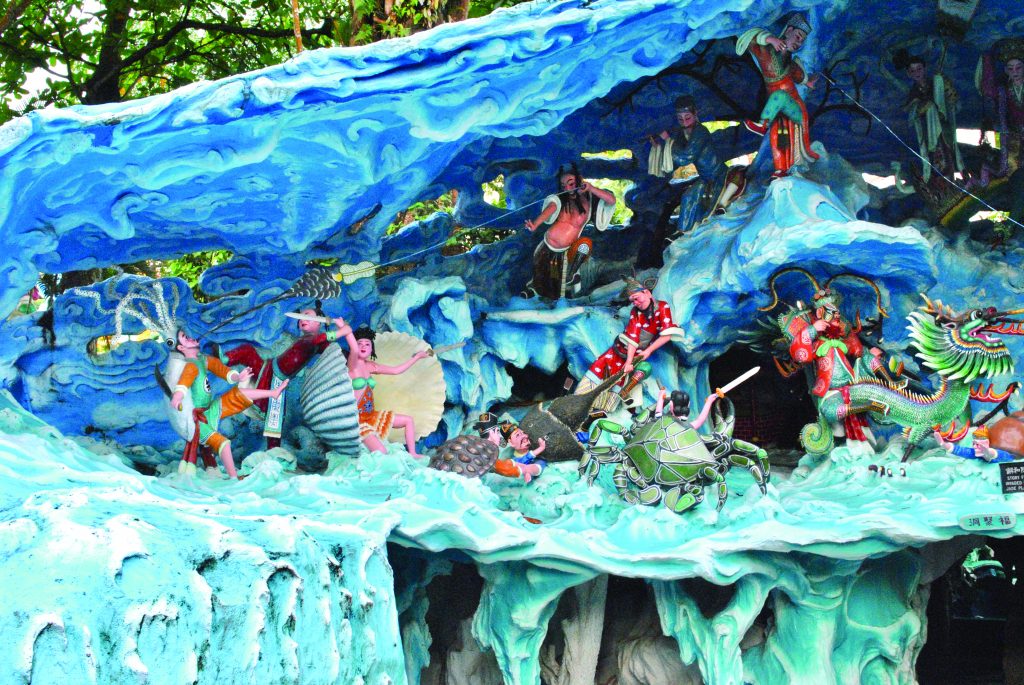
This fantastic weirdness is best experienced on the Journeys to Hell Twilight Tour, and just as night is falling and the park closes to the public, things start to get delightfully spooky. After touring the gardens, guide Sharul directs guests into the multi-cultural ‘Hell’s Museum,’ followed by (for those who dare) the hair-raising opportunity to lie in a real coffin.

Shadows play across the face of the fearsome King of Ghosts in his display, and visitors giggle nervously as the tour enters the infamous 10 Courts of Hell. Constructed more than 70 years ago, each of the dimly lit courts depicts a gruesome, blood-thirsty diorama of the different tortures awaiting in Hell, scenes that will send chills through any reprobates. Signage informs the visitor of the crime and corresponding punishment, such as ‘Ungratefulness’, which will result in one’s heart being cut out, or ‘Disobedience of One’s Siblings’, punishable by being ground by a large stone.
Sharul lightens the tone, explaining the burning of paper replicas of household items for the ancestors, a Chinese tradition modernised to include paper mobile phones and mansions now available for burning and becoming useful in the afterlife. The tour takes two hours.

